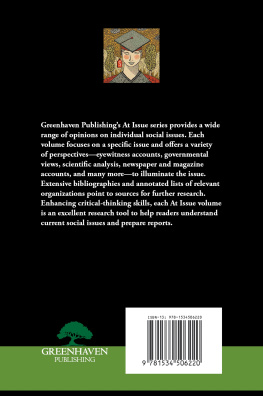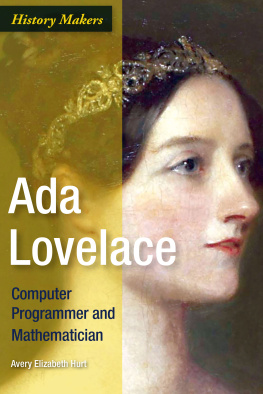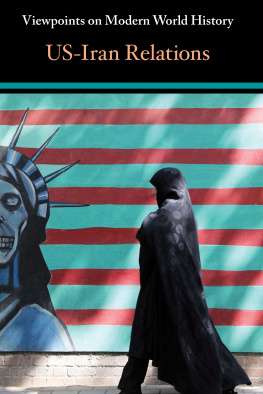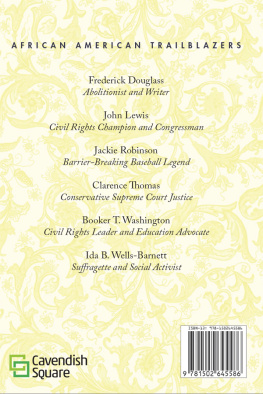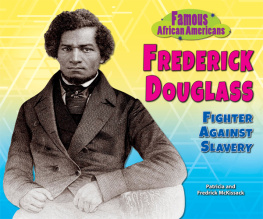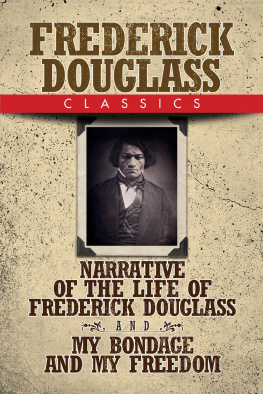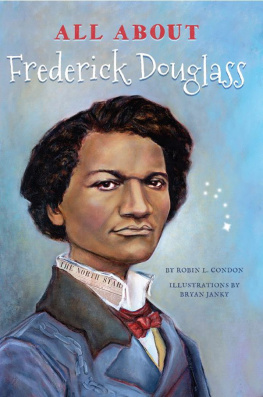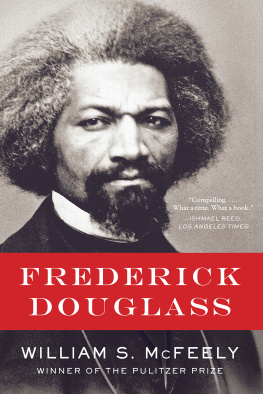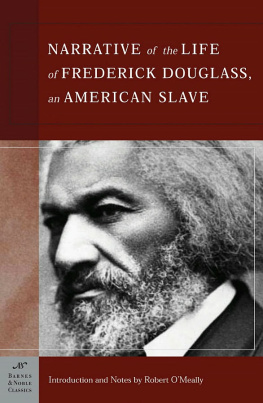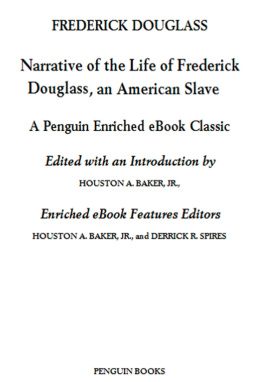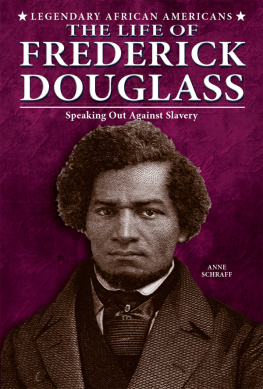
For the awesome librarians at the Birmingham Public Library, without whom I wouldnt be able to write books. Its about time I thanked them properly.
Published in 2020 by Cavendish Square Publishing, LLC
243 5th Avenue, Suite 136, New York, NY 10016
Copyright 2020 by Cavendish Square Publishing, LLC
First Edition
No part of this publication may be reproduced, stored in a retrieval system, or transmitted in any form or by any meanselectronic, mechanical, photocopying, recording, or otherwisewithout the prior permission of the copyright owner. Request for permission should be addressed to Permissions, Cavendish Square Publishing, 243 5th Avenue, Suite 136, New York, NY 10016. Tel (877) 980-4450; fax (877) 980-4454.
Website: cavendishsq.com
This publication represents the opinions and views of the author based on his or her personal experience, knowledge, and research. The information in this book serves as a general guide only. The author and publisher have used their best efforts in preparing this book and disclaim liability rising directly or indirectly from the use and application of this book.
All websites were available and accurate when this book was sent to press.
Library of Congress Cataloging-in-Publication Data
Names: Hurt, Avery Elizabeth, author.
Title: Frederick Douglass : abolitionist and writer / Avery Elizabeth Hurt.
Description: First edition. | New York: Cavendish Square, [2020] | Series: African American trailblazers | Includes bibliographical references and index. | Audience: Grades 9-12.
Identifiers: LCCN 2018047436 (print) | LCCN 2018048582 (ebook) | ISBN 9781502645470 (ebook) | ISBN 9781502645463 (library bound) | ISBN 9781502645456 (pbk.)
Subjects: LCSH: Douglass, Frederick, 1818-1895--Juvenile literature. | Slaves--United States--Biography-- Juvenile literature. | Abolitionists--United States--Biography--Juvenile literature. | African American abolitionists--Biography--Juvenile literature. | Antislavery movements--United States--History--Juvenile literature.
Classification: LCC E449.D75 (ebook) | LCC E449.D75 H87 2020 (print) | DDC 973.8092 [B] --dc23
LC record available at https://lccn.loc.gov/2018047436
Editorial Director: David McNamara
Editor: Kristen Susienka
Copy Editor: Alex Tessman
Associate Art Director: Alan Sliwinski
Designer: Joe Parenteau
Production Coordinator: Karol Szymczuk
Photo Research: J8 Media
The photographs in this book are used by permission and through the courtesy of: Cover, pp. Corbis/Getty Images.
Printed in the United States of America
CONTENTS

INTRODUCTION
A Man Without a Birthday
ONE
The World of Bondage
TWO
The Map to Freedom
THREE
A Lamentable Schism
FOUR
Telling and Retelling the Story
FIVE
Speaking Truth to Power
SIX
That Great Leonine Gaze
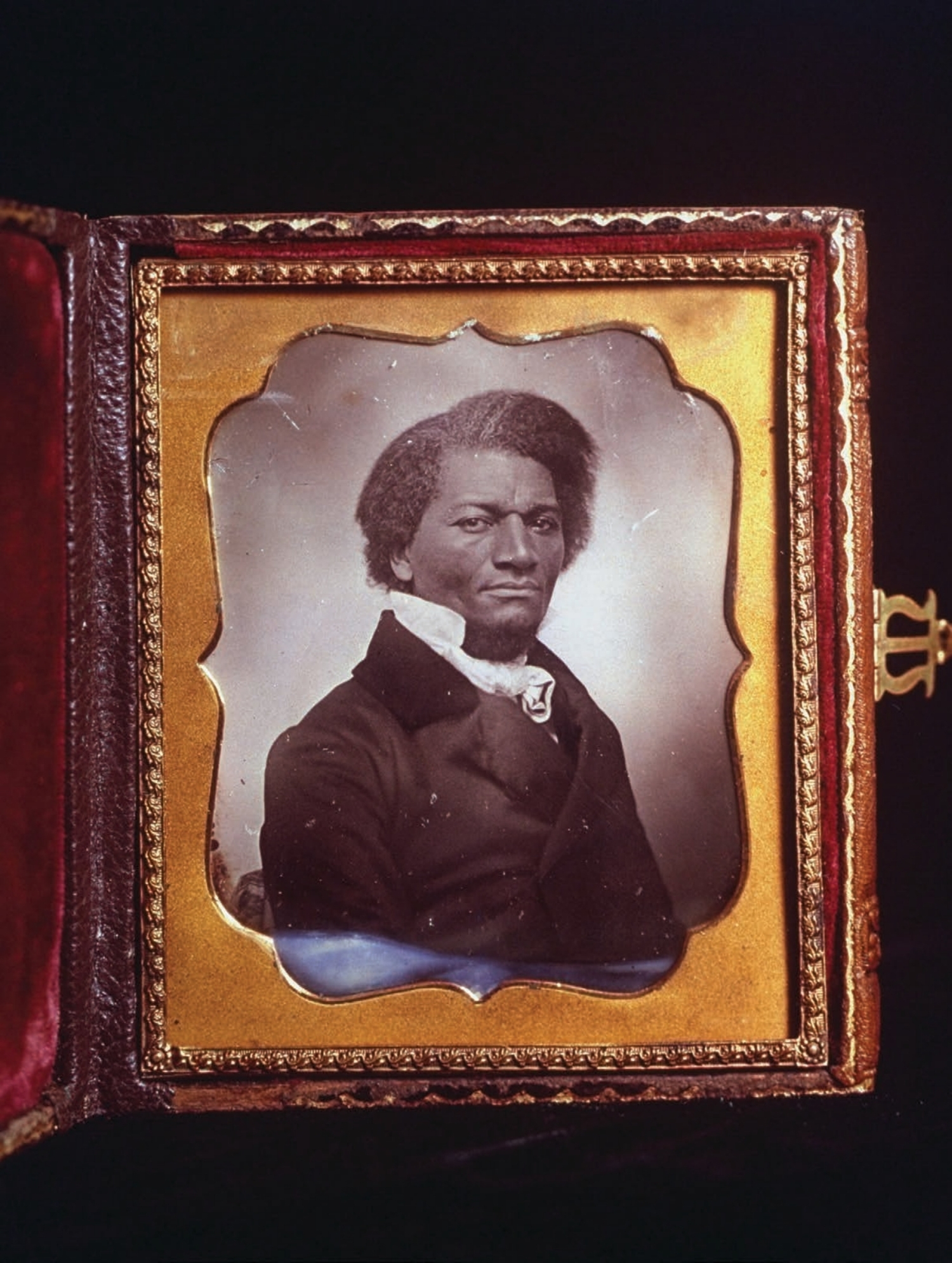
Frederick Douglass is photographed here around 1850 by J. R. Eyerman.
INTRODUCTION

A Man Without a Birthday
W hen the man now known as Frederick Douglass was born on the Eastern Shore of Maryland, his mother named him Frederick Augustus Washington Bailey. As far as he knew, his birthday was sometime in February 1817 or 1818; he couldnt be certain. He was born a slave, and no one thought it important to record the birthdates of slaves. By many during that time, they werent thought of as peoplemore like complicated animals, owned by other people and used for farm work.
Life as a Slave
Douglasss life as a slave was not too different from that of most slaves in the antebellum South. He was separated from his mother when he was a baby and passed from master to master throughout his childhood and young adult years. He worked hard, was treated kindly by some masters, and cruelly by others. He had no rights and no control over his own life.
However, he did one thing not many slaves managed to do, something slaves were forbidden to do: he learned to read. Once he learned, he put that new skill to good use. He educated himself using borrowed and found books. From that point on, he never stopped reading and learning.
Runaway
Douglass spent years plotting his escape, and then when he was still a young man, he ran away to the North. When he reached freedom, he changed his name to Frederick Douglass to hide from those who would try to capture him and return him to slavery. We know about him today not just because he managed to escape from slaveryhe was certainly not the only slave to do thatnor because he learned to readsome other slaves managed that as well. We remember him because of what he did once he was free.
A Lion of a Man
Frederick Douglass was handsome, articulate, and intelligent, with a striking appearance. He was a great deal taller than average for the time and powerfully built, with a wild head of hair. His penetrating gaze could be both intense and thoughtful. His looks as well as his demeanor often caused people to describe him as leonineor lion-like. This was not the image most people had of slaveseven white abolitionists, who wanted their freedom. Douglass put a human face on an outrage that many people at the time gave little thought to.
He was a natural leader as well as a gifted speaker and writer. He used these skills to convince a reluctant nation not only that slavery was wrong and must be ended, but that African Americans were as intelligent and capable of being a part of the nation as their white brothers and sisters. Douglass was one of the greatest and most effective leaders of the abolition movement. When he escaped the bonds of slavery and settled in the North, he stepped into the greatest political debate the United States has ever had, and he shaped the contours of that debate, changed the way the questions were asked, and provided the answers. He wrote three autobiographies, each one adding to his story, as well as refining his ideas, arguments, and philosophies. These, along with his many speeches, newspaper editorials, and essays, helped persuade much of the public that slavery was wrong and must be ended. He didnt stop there, though. Once slavery was abolished, he continued to fight for equal rights for African Americans and for women. He worked for social justice until the very day of his death.
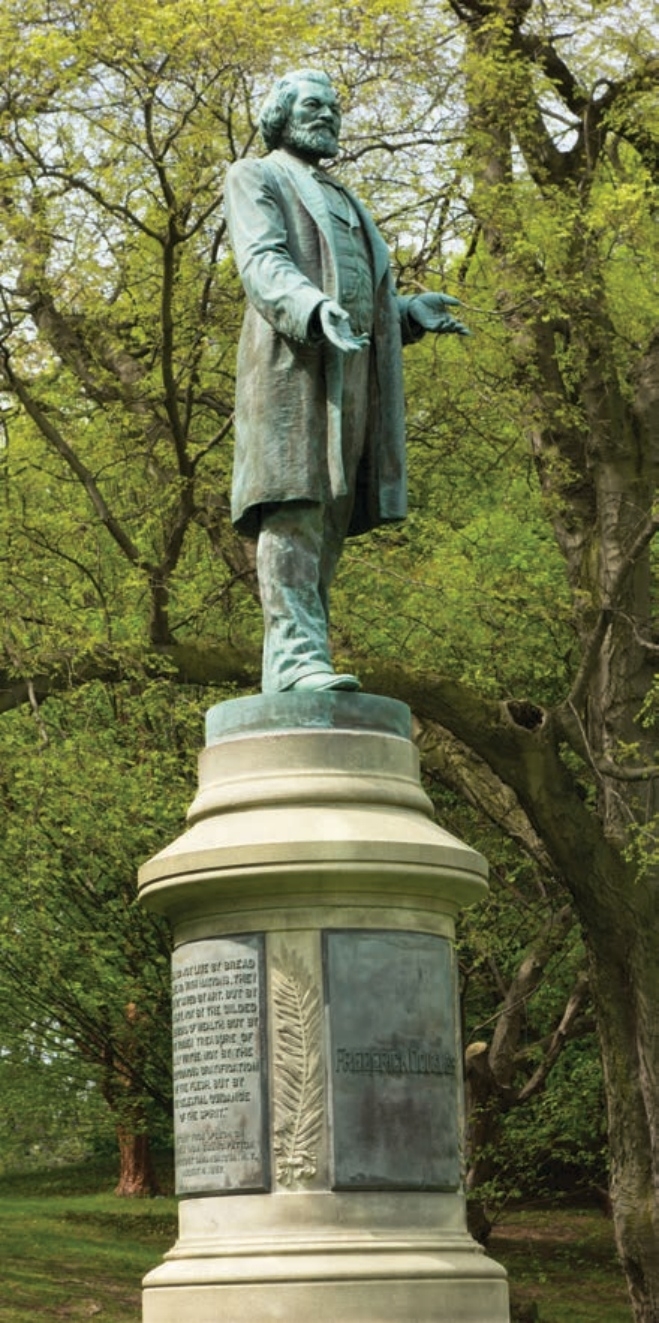
This statue of Frederick Douglass is located in Highland Park, in Rochester, New York.
This is the story of a man who was born in bondage, found his way to freedom, and became one of the greatest Americans in history.
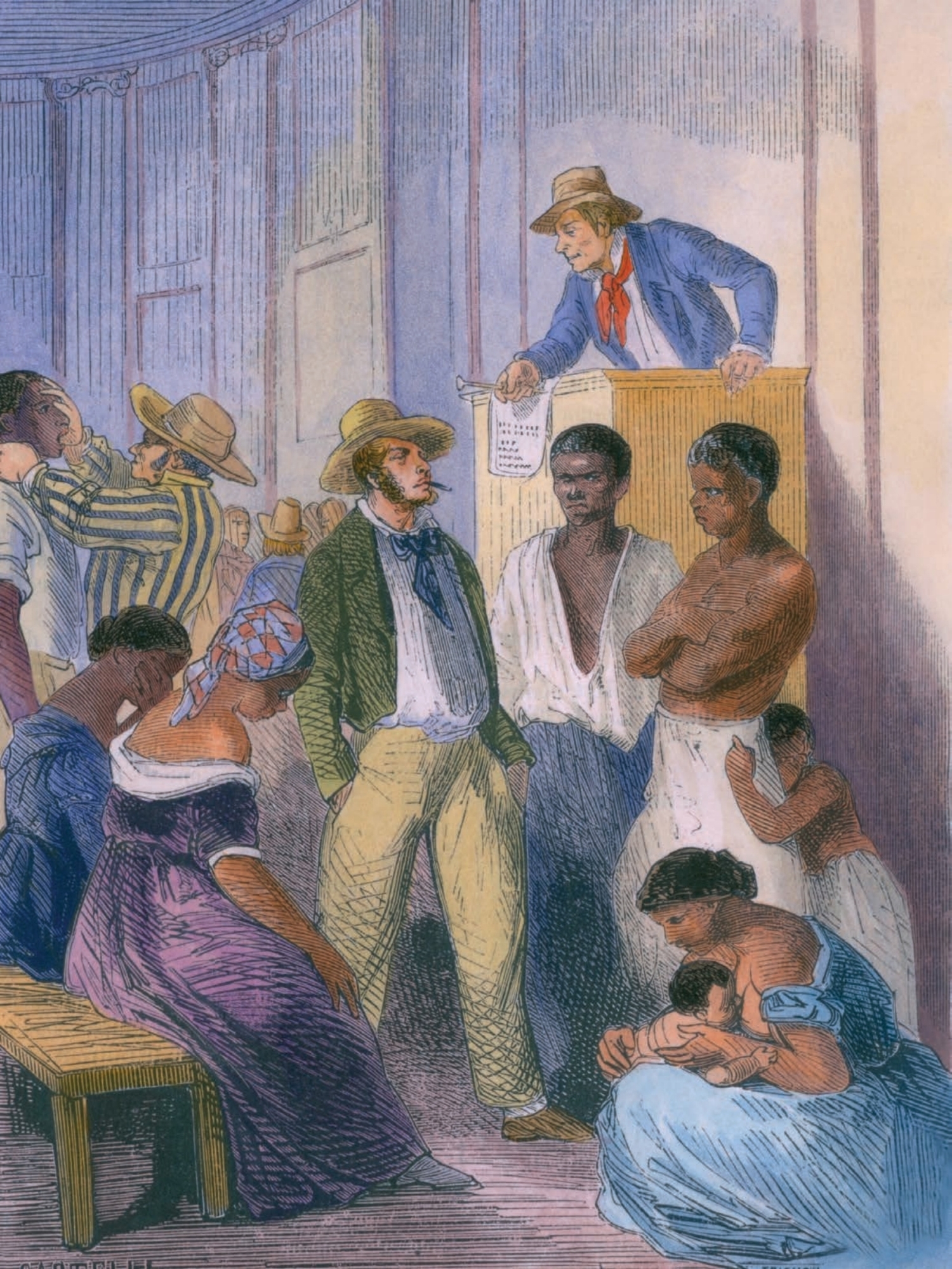
Before the Civil War, slaves were bought and sold at auction much like farm equipment and animals. This illustration shows a slave auction.
CHAPTER ONE

The World of Bondage
W e live in a time when African Americans own businesses, teach at colleges and universities, serve in Congress, sit on the highest court in the land, and can serve as president of the United States of America. Though African Americans still struggle for social and economic equality, it can be easy to forget the time when people of color not only had no rights but were considered property to be bought and sold like cattle. Thats the way it was in the United States before the Civil War. To understand Frederick Douglass, first we have to understand the world he was born into and the one he helped to change.


